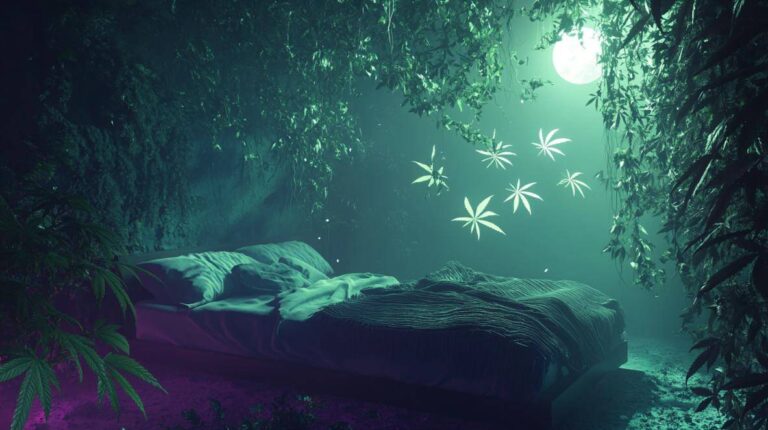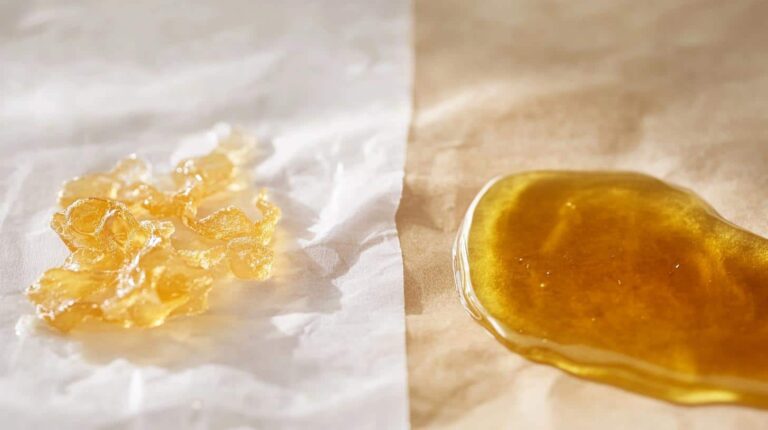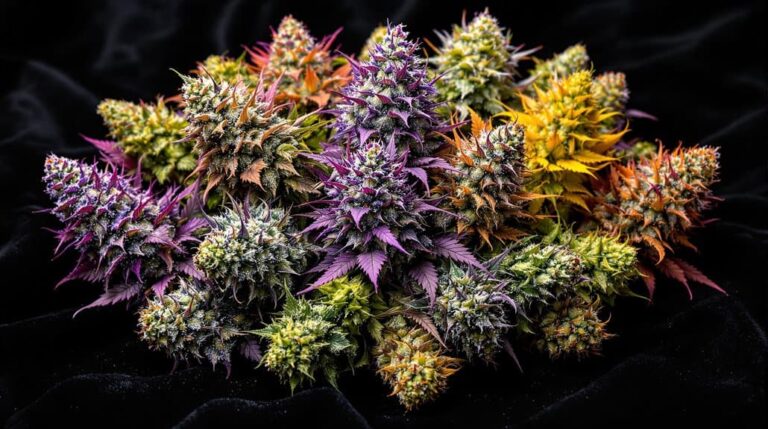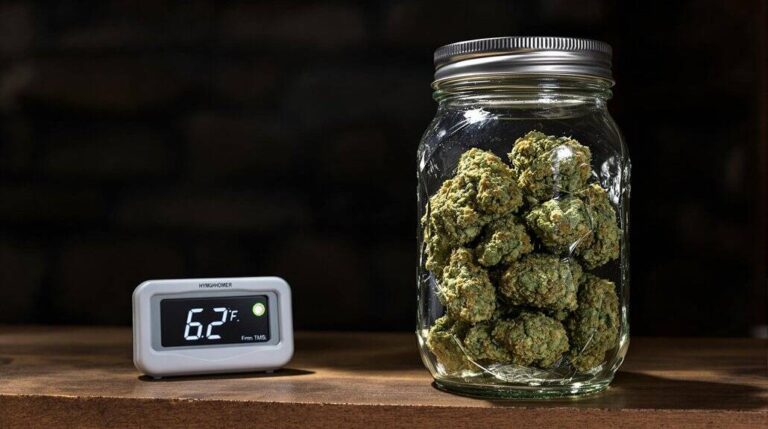What Are Trichomes (and Why They Matter in Your Weed)
If you’ve ever admired a frosty nug that looked like it had been rolled in sugar crystals, you’ve already met trichomes. These tiny, shimmering structures aren’t just for show—they’re where all the magic happens. Trichomes are responsible for your weed’s smell, flavor, and most importantly, its effects. Without them, cannabis would be… well, just a plant.
Strains like Blue Nerds, MAC 1, and White Truffle get that blinged-out look (and intense potency) thanks to dense trichome coverage. So, if you’ve ever judged weed by how sparkly it is—turns out, you were on the right track.
Key Takeaways
Trichomes are tiny resin glands that produce THC, CBD, and terpenes.
They’re responsible for weed’s aroma, flavor, potency, and therapeutic effects.
Different types include bulbous, capitate-sessile, and capitate-stalked.
The density and clarity can indicate potency and harvest timing.
Strains like Blue Nerds are known for heavy trichome production and a strong kick.
What Exactly Are Trichomes?
Trichomes are microscopic structures found on the surface of cannabis flowers, leaves, and stems. They look like crystal-covered hairs—and under a microscope, they resemble mushrooms with bulbous tops. But these aren’t just sparkly decorations. Trichomes are factories for cannabinoids like THC and CBD, as well as terpenes, which give weed its flavor and scent.
In nature, they serve as protection against predators, UV rays, and extreme weather. In your grinder? They’re what gives that weed its punch.

Why Trichomes Matter in Your High
Here’s the short version: no trichomes, no high. These little resin glands are where the THC lives, so if your flower looks dull or dusty instead of glistening, you’re probably working with low potency.
But it’s not just about strength, they also dictate how you feel. The terpenes they produce shape whether a strain hits you with euphoric energy or cozy couchlock. That citrus burst in Lemon Haze? The spicy funk of GMO? All thanks to trichomes.
Types of Trichomes on Cannabis
Let’s break it down a little further. There are three main types of trichomes:
| Type | Size Range | Location | Key Role |
|---|---|---|---|
| Bulbous | 10–15 microns | Entire plant surface | Smallest, least cannabinoid-heavy |
| Capitate-Sessile | ~25–100 microns | Underside of sugar leaves | Moderate resin production |
| Capitate-Stalked | Up to 500 microns | Flower calyxes (buds) | Rich in THC, best for extraction |
It’s the capitate-stalked trichomes that matter most: the large, mushroom-shaped ones packed with cannabinoids and terpenes. These are what give Blue Nerds its glittery coat and knockout effects.
Trichomes and Harvest Timing

If you’re growing your own, trichomes are your best clue for when to harvest. Clear trichomes? Not ready yet. Cloudy? Peak potency. Amber? More sedating.
Most growers aim for a mix of cloudy and amber trichomes depending on the desired effect. Want something energizing? Harvest earlier. Looking for relaxation? Let more of those trichomes amber up before chopping.
How to Preserve Trichomes
Trichomes are delicate. Mishandle your flower and you can knock them off or degrade the cannabinoids.
Keep them intact by:
Handling buds gently (especially after curing)
Using glass jars for storage
Avoiding heat and light, which break down THC
Freezing trim immediately if you plan to make concentrates
That frosty layer isn’t just pretty, it’s valuable. Treat your weed like its holding microscopic gold.

Final Thoughts
Trichomes aren’t just glittery bragging rights, they’re the heart of what makes cannabis cannabis. They carry the cannabinoids that get you high, the terpenes that give your weed personality, and the effects that keep you coming back. Next time you’re eyeballing a nug of Blue Nerds, take a second to appreciate the science behind that sparkle.
Whether you’re a grower, a connoisseur, or just someone who really likes good weed, understanding these gorgeous crystals means understanding your high. And now you’re equipped to do both.
Frequently Asked Questions
What are trichomes in weed?
They’re tiny resin glands on the cannabis plant that produce THC, CBD, and terpenes. This is what gets you high and gives weed its smell.
Why do some strains look frostier than others?
It comes down to trichome density and genetics. Strains like Blue Nerds are bred to produce lots of visible crystals.
Can you see trichomes without a microscope?
Yes—while they’re microscopic, heavy trichome coverage looks like a frosty, crystal-dusted surface.
Do more trichomes always mean stronger weed?
Usually, yes, but trichome quality also matters. Old or poorly stored weed might still look frosty but be less potent.
Can trichomes affect the flavor of weed?
Absolutely. Terpenes are produced in trichomes, which means they directly impact aroma and taste.







